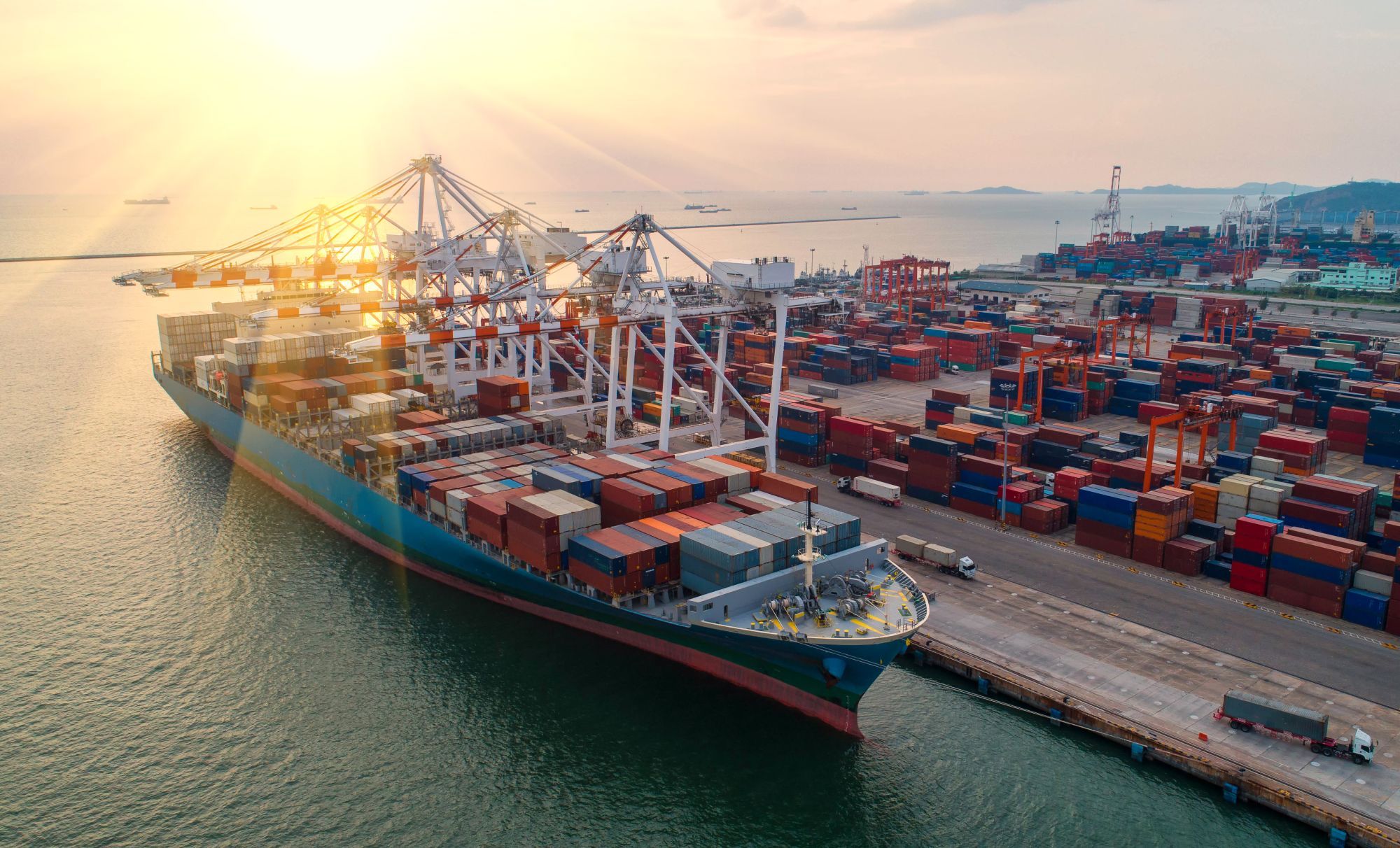
What is CIF?
What is FOB?
What is EXW?
One of the fundamental decisions of international trade is how to structure the terms of sale between buyers and sellers. In the case of imports, Canadian and American companies can either allow their overseas suppliers to handle the shipping and insurance of goods or take these responsibilities on themselves. There are benefits and downsides to each, so it is essential to understand how these factors may affect your business. This overview is intended to provide clarity among these issues to utilize the most advantageous method for your situation. Importing to Canada tips.
The following definitions are taken from the Globe Express Services Dictionary of International Trade (Incoterms 2000):
Cost, Insurance and Freight (CIF) – An international trade term of sale in which, for the quoted price, the seller/exporter/manufacturer clears the goods past the ship’s rail at the port of shipment (not the destination). The seller is also responsible for paying for the costs associated with transporting the goods to the named port at the destination. However, once the goods pass the ship’s rail at the port of shipment, the buyer assumes responsibility for the risk of loss or damage and any additional transport costs. The seller is also responsible for procuring and paying for marine insurance in the buyer’s name for the shipment. The Cost and Freight term is used only for ocean or inland waterway transport.
Free On Board (FOB) – An international trade term of sale in which, for the quoted price, the seller/exporter/manufacturer clears the goods for export and is responsible for the costs and risks of delivering the goods past the ship’s rail at the named port of shipment. The Free On Board term is used only for ocean or inland waterway transport.

Why Ship CIF?
Generally speaking, importers prefer CIF terms when they’re new to international trade or have relatively little freight volume. These importers often find CIF simpler as their suppliers are responsible for arranging freight and insurance details. Under these terms, the importer relinquishes control of choosing freight carriers, routing and other shipping specifics. For these companies, convenience outweighs the need for enhanced shipment control and associated freight savings.
Shipping CIF grows increasingly complex as companies increase their number of overseas suppliers and overall freight volume. The greater the number of CIF shipments, the more problems can occur with obtaining accurate shipment information. Overseas suppliers are not well-positioned to handle service issues that develop in transit. What’s more, they are not required to arrange anything past the port of destination, so final delivery concerns, monitoring of penalty situations (demurrage, per diem), etc., are all the importer’s responsibilities. Regular importers quickly grow tired of the hassle of relying on suppliers and their freight agents for shipment information.

Why Ship FOB?
Buying free onboard has two significant benefits over CIF: more competitive freight rates and enhanced shipment control. When shipping CIF, companies must be careful that their shipping rates are competitive since overseas suppliers are inclined to mark up their freight cost for the extra service provided in arranging shipments. Canadian and U.S. importers quickly learn to obtain very competitive shipping rates even with small to medium freight volumes. Importing to Canada.
While cost is always high, there is another primary reason for buying FOB. Increased supply chain visibility and control is a critical FOB benefit. By taking title to the goods as they cross the ship’s rail at the overseas port of shipment, importers are better able to obtain accurate and timely shipment information by working with the third-party logistics provider of their choosing. In this way, they are assured their freight partner is working in their best interest, not their supplier.
Need more information about CIF and FOB terms? Contact Speedy Air Cargo.
Factors Affecting the Costs of Importing/Exporting
Globalization has helped in creating innumerable business opportunities. It has opened up new markets, and with the advancements in technology, it has become even easier to do business with countries that previously seemed unreachable. The global market has enabled companies to reach new heights with importing and exporting goods into Canada. It is no secret that importing and exporting goods gives a considerable boost to a business, but on the flip side, understanding the various processes involved in global shipping can be a little tricky.
There are several steps and associated costs that go into importing or exporting an item to Canada. No matter if it is Trucking, LCL or FCL ocean Freight, Air Freight or Courier shipments, we could help you understand the steps from the shipper to the delivery point in the steps below. To do business with a conscientious, professional Freight Forwarder, contact Speedy Air Cargo today.
Step 1
Materials, labour and overheads
Custom packaging
Inspection fees
Licensing fees
Royalties
Step 2
Buying agent’s commissions
Trader’s markups
Step 3
Bank charges and commissions
Overseas agent’s commissions
Freight forwarder’s charges
Documentation charges
Insurance premiums
Export licence fees
Certification fees
Consular fees
Advertising
Step 4
Road freight (cartage, drayage) and/or rail freight
Routing costs (canal and inland waterway links)
Uninsured damages
Theft and pilferage
Handling charges
Demurrage
Step 5
Brokerage fees
Export levies
Step 6
Insurance premiums
Airfreight

Step 7
Theft and pilferage
Overtime charges
Handling charges
Warehousing
Loading fees
Demurrage
Wharfage
Step 8
Insurance premiums
Ocean freight
Lighterage
Step 9
Uninsured damages (e.g., war and acts of God)
Pilferage
Step 10
Lighterage
Step 11
Theft and pilferage
Quarantine charges
Overtime charges
Handling charges
Unloading fees
Warehousing
Demurrage
Wharfage
Step 12
Import duties and taxes
Bank charges and commissions
Import licence fees
Brokerage fees
Step 13
Road freight (cartage, drayage) and/or rail freight
Routing costs (canal and inland waterway links)
Theft and pilferage
Uninsured damages
Handling charges
Demurrage
Step 14
Warehousing
Interest charges
Advertising